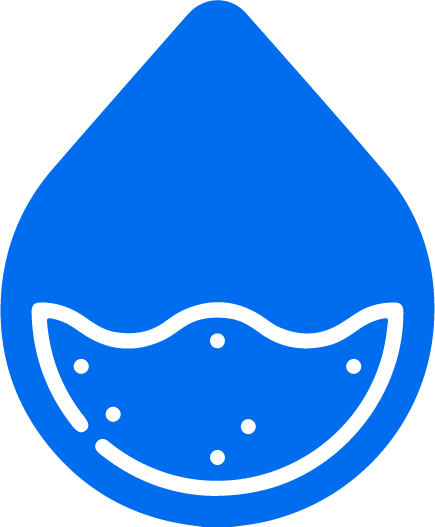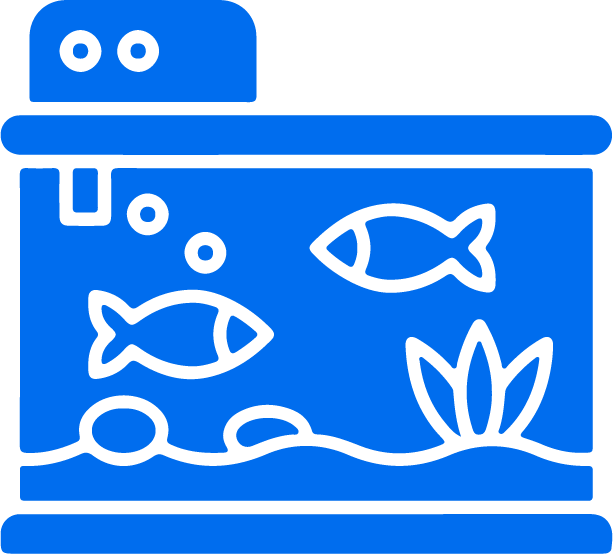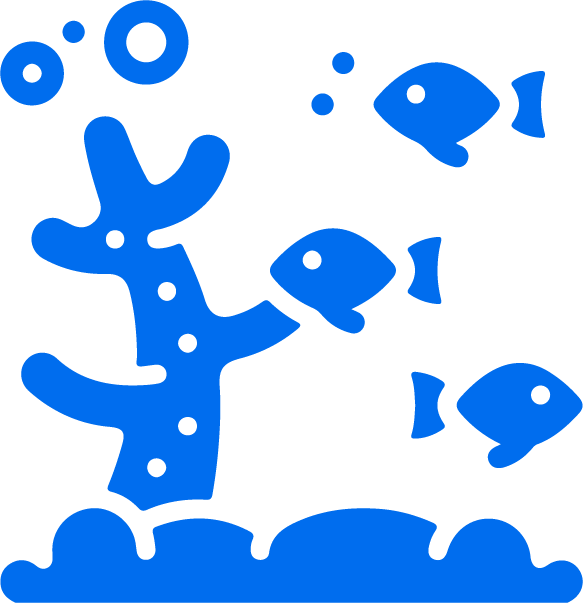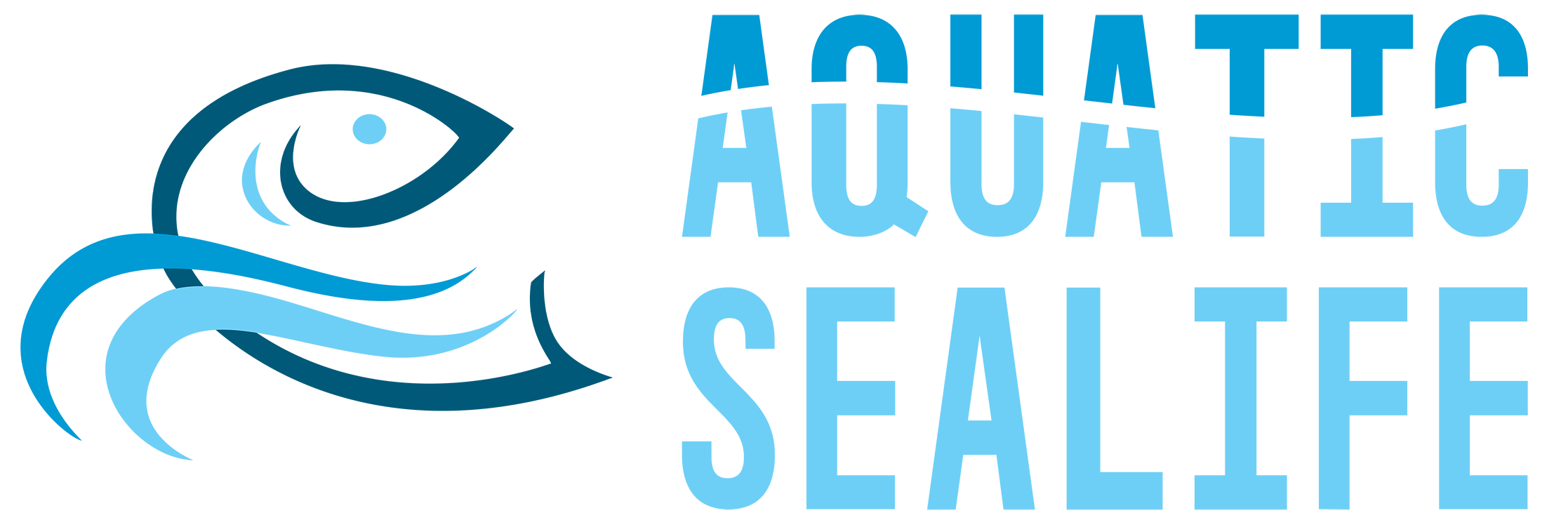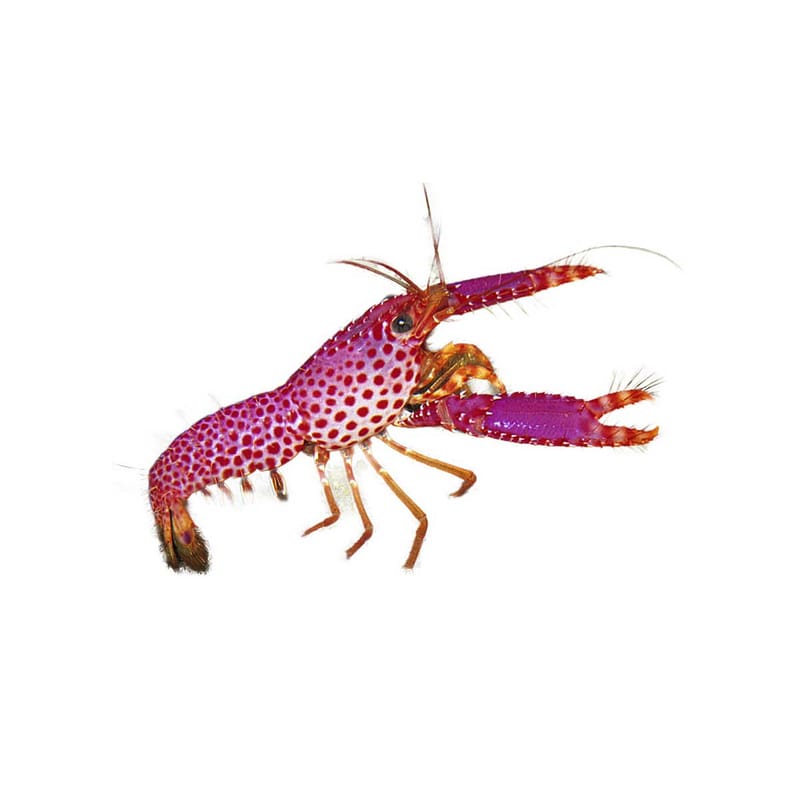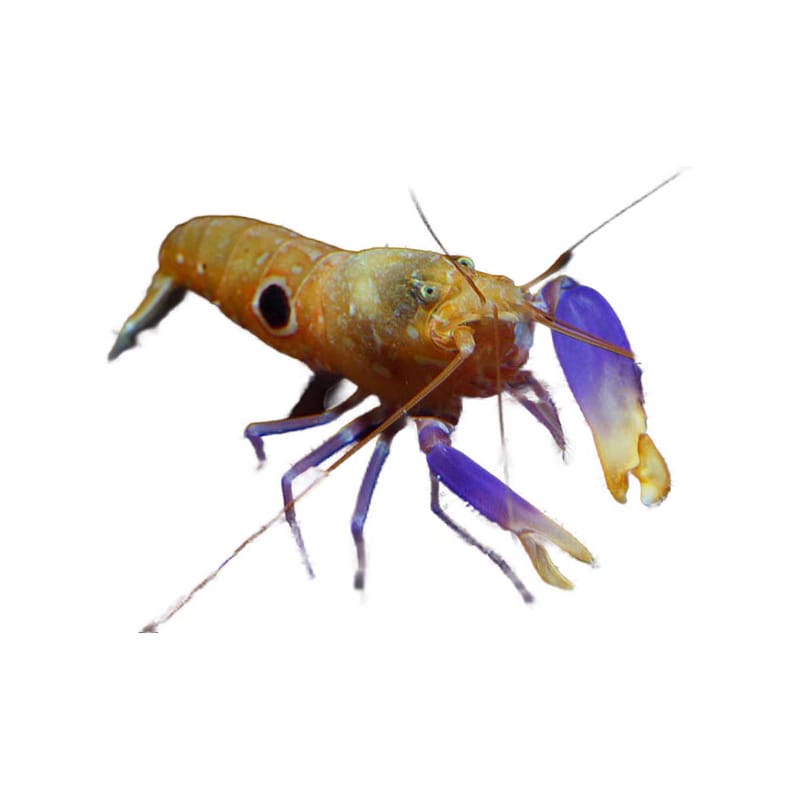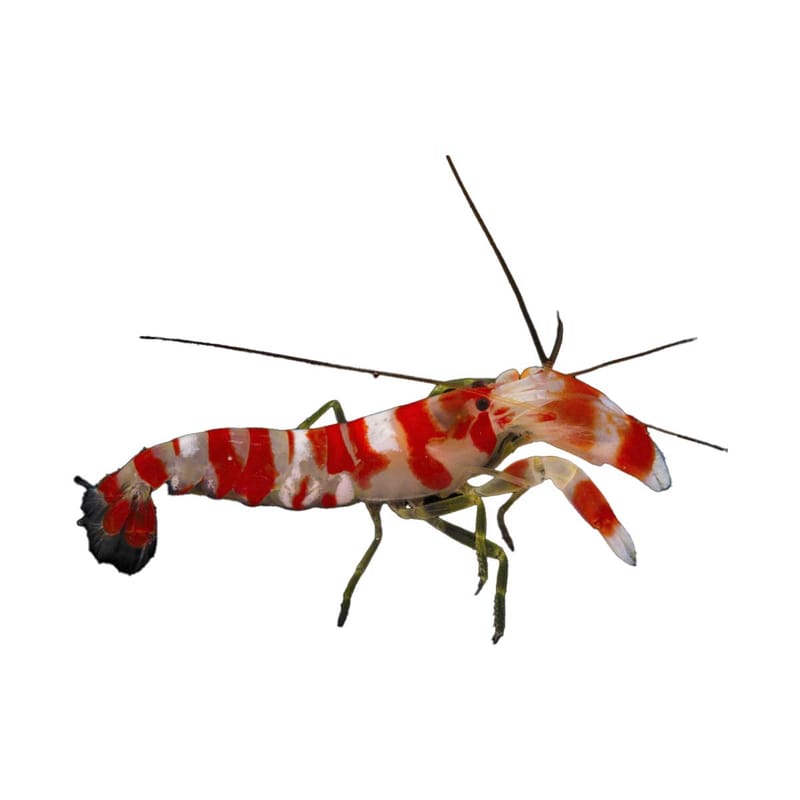Shrimp
$44.99
Introducing the stunning Purple Reef Lobster, also known as the Debelius reef lobster (Enoplometopus Debelius). This captivating creature is a must-have for any marine enthusiast or […]
$37.99
Introducing the Purple Claw Pistol, a fascinating creature that will captivate your senses and add a unique touch to your aquarium. This extraordinary shrimp, scientifically known […]
$30.99
The Tiger Pistol Shrimp (Alpheus bellulus) is a captivating creature that will leave you in awe with its unique hunting technique, striking coloration, and fascinating behavior. […]
$39.99 – $49.99
Introducing Skunk Shrimp (Lysmata Grabhami), the vibrant and captivating addition to your saltwater aquarium! These eye-catching creatures are known for their striking coloration, featuring bold orange […]
$54.99 – $71.99
Introducing the magnificent Harlequeen Shrimp (Hymenocera Picta) – a true gem of the ocean! With its vibrant colors and unique patterns, this captivating shrimp is sure […]
$17.99
Introducing the Bumble Bee Shrimp – Gnathophyllum americanum, a vibrant and unique species that will bring a burst of color and excitement to your aquarium. With […]
$44.99
$42.99 – $54.39
Introducing the Cleanner Shrimp (Lysmata Amboinensis), the perfect addition to your aquarium that will not only beautify your tank but also provide essential cleaning services. These […]
$29.99
The Pistol Shrimp, also known as the Red Caribbean Pistol Shrimp (Alpheus sp), is a fascinating and unique addition to any saltwater aquarium. With its vibrant […]
$24.99
Discover the enchanting beauty of the Anemone Shrimp, also known as the Glass Anemone Shrimp or Peacock-tail Anemone Shrimp (Periclimenes Brevicapalis). These captivating creatures are a […]
$9.99
Introducing the Gold Back Yellow Fire Shrimp Group, the perfect addition to any aquarium! These stunning shrimp are known for their vibrant coloration, adding a pop […]
$21.99
The Blue Banded Coral Shrimp is a stunning and popular marine invertebrate in the aquarium trade. As the name suggests, it has striking blue and white bands on its claws, which contrast beautifully with its bright red body and antennae. This shrimp is a highly efficient scavenger and predator, and will readily consume a wide variety of foods, including live and frozen meaty foods, algae, and detritus. In the wild, it is found on coral reefs and rocky areas, where it feeds on small invertebrates and plankton. In captivity, the Blue Banded Coral Shrimp requires a well-established and stable aquarium with plenty of hiding places, as it can be territorial and aggressive towards other shrimp and smaller fish. It prefers low to moderate water flow and moderate to high lighting. The ideal water parameters for this shrimp are a temperature range of 72-78°F, pH of 8.1-8.4, and a salinity of 1.023-1.025.

